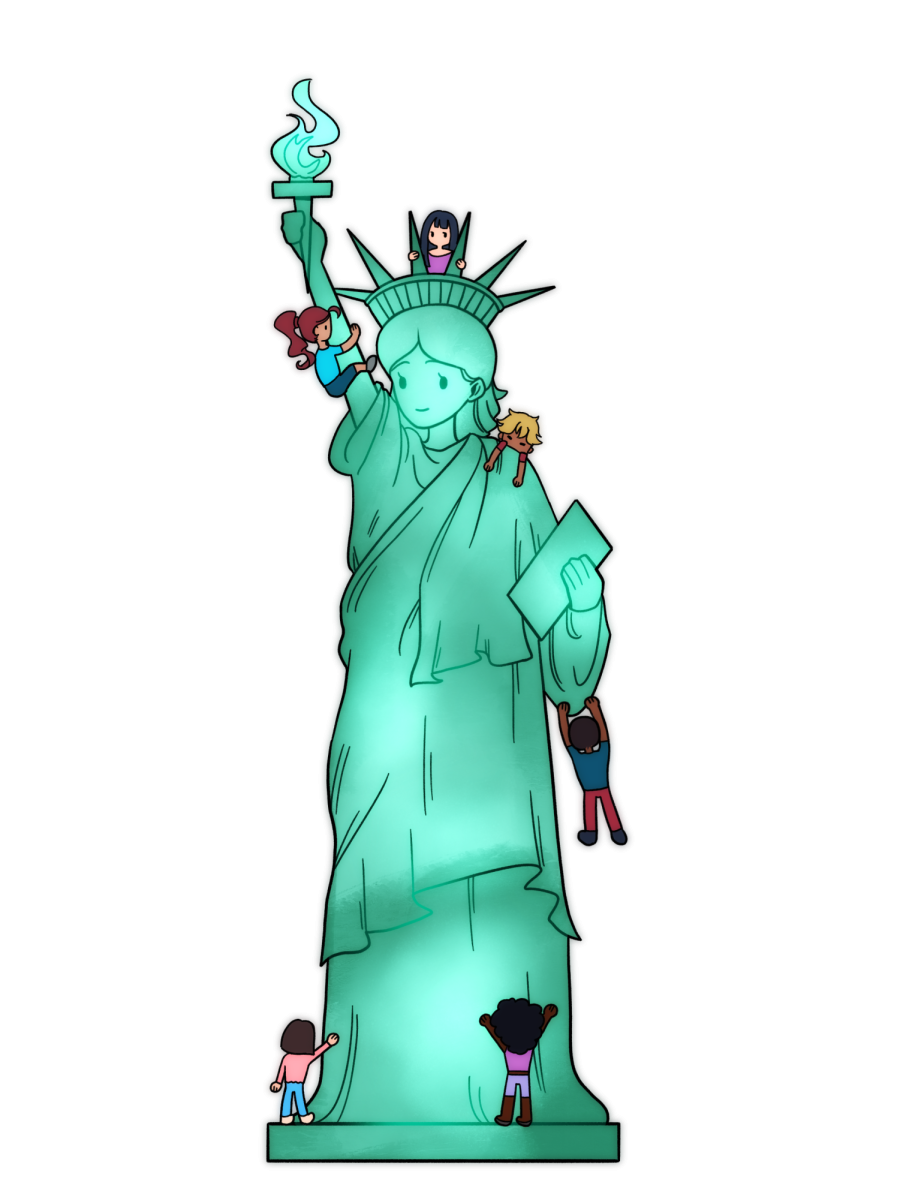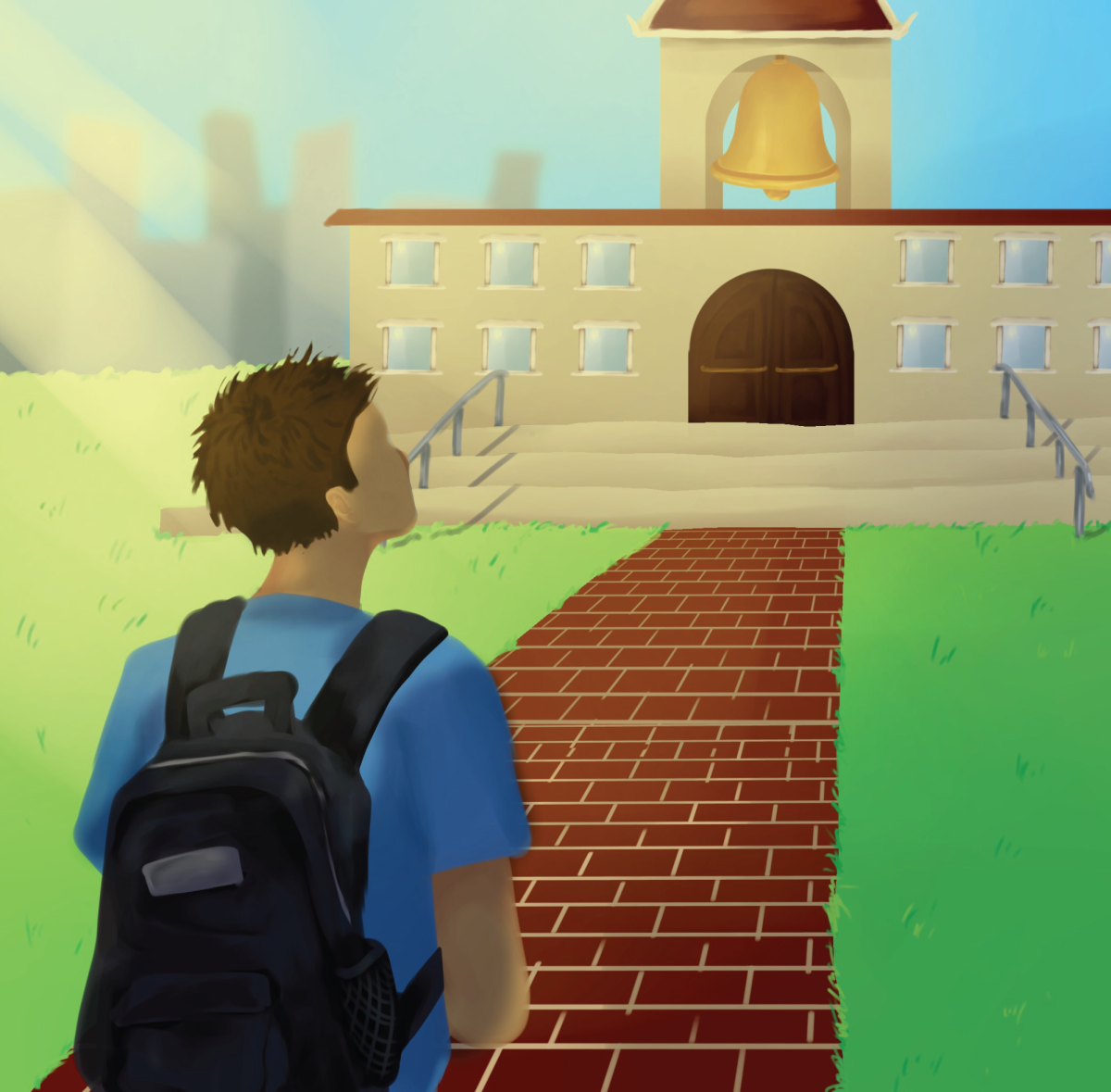When Atlanta rapper Gucci Mane emphatically declared that he was “back to [him]self” in his latest hit “Back on Road,” he wasn’t only referring to himself.
Southern rappers are beginning to make a comeback, with artists like Rae Sremmurd, Lil Yachty Travis Scott, 21 Savage and Migos signalling a new generation of Southern rap, a hip-hop style featuring heavy trap influences and slower beats.
A decade after artists like Mane, 2 Chainz, T.I. and Ludacris made heavy drums, layered synths and Autotune-influenced voices mainstream, many of the rappers nowadays associated with Southern rap hail from Atlanta, which has enjoyed a recent rebirth as a hip-hop capital.
Atlanta’s recent outburst of music began when duo Rae Sremmurd dropped its sophomore album, Sremmlife 2, which featured the same laid-back style that brought the duo’s first album commercial success in 2015.
The first single, Black Beatles, topped the charts for weeks after being featured as part of the viral Mannequin Challenge that took the internet by storm in the fall of 2016. Brothers Swae Lee and Slim Jxmmi’s second single, Swang, also enjoyed significant commercial success, peaking at #35 on the US Billboard Hot 100.
However, it was not until Migos’ breakout album, C U L T U R E, that the world began to notice Atlanta’s latest rap wave.
The group, which features rappers Quavo, Takeoff and Offset, dropped the album in late January, and it immediately attained widespread commercial success.
The album features featured driving slow, syrupy trap tunes that recounted the Migos’ life and come-up in Atlanta.
As a whole, C U L T U R E brought the focus of the hip-hop world back to Atlanta, acting as the final capstone in the city’s recent rap renaissance.
Particularly on display throughout the album is the role of drug culture in the group’s life prior to their rise to fame.
The album often times refers to the rappers’ marijuana habits. “Smokin’ on cookie in the hotbox,” a line in the chorus of Migos’ hit song Bad and Boujee, refers to the act of smoking a particularly sweet strain of marijuana known as “Girl Scout Cookies” in a “hotbox,” or enclosed marijuana indulgence session taking place in a car.
The album also delves into the group’s drug dealing past and present. Bad and Boujee features many a line centered around cooking and selling drugs such as cocaine, “I used to trap out of Subway!” and about how they continue to partake in such activities — the line “Still be playin’ with pots and pans, call me Quavo Ratatouille” in Bad and Boujee refers to the pots and pans used to cook up hard drugs — which just goes to show, showing how fame has yet to change them from the carefree group that spawned in North Atlanta nearly eight years ago.
Migos also used their album to call out their many “biters” or other rappers who attempt to copy their patented “triplet flow,” a style that involves using three notes per beat for the majority of the song, but having lyrics of the song slightly offbeat.
Migos patented this style with their 2013 single Versace (feat. Drake), but since then, multiple artists, most notably A$AP Rocky and Kanye West, have used the same flow in some of their own songs. Quavo calls them out on their “biting” in the songs Dat Way, Copy Me and a verse on their hit single T-Shirt.
As a whole, C U L T U R E brought the focus of the hip-hop world back to Atlanta, acting as the final capstone in the city’s recent rap renaissance.
The album is thick, sticky and laid back, with rhythmic, heavy drums and multiple layers of synthesizers, full of the elements that have long made Atlanta a hip-hop capitol.







